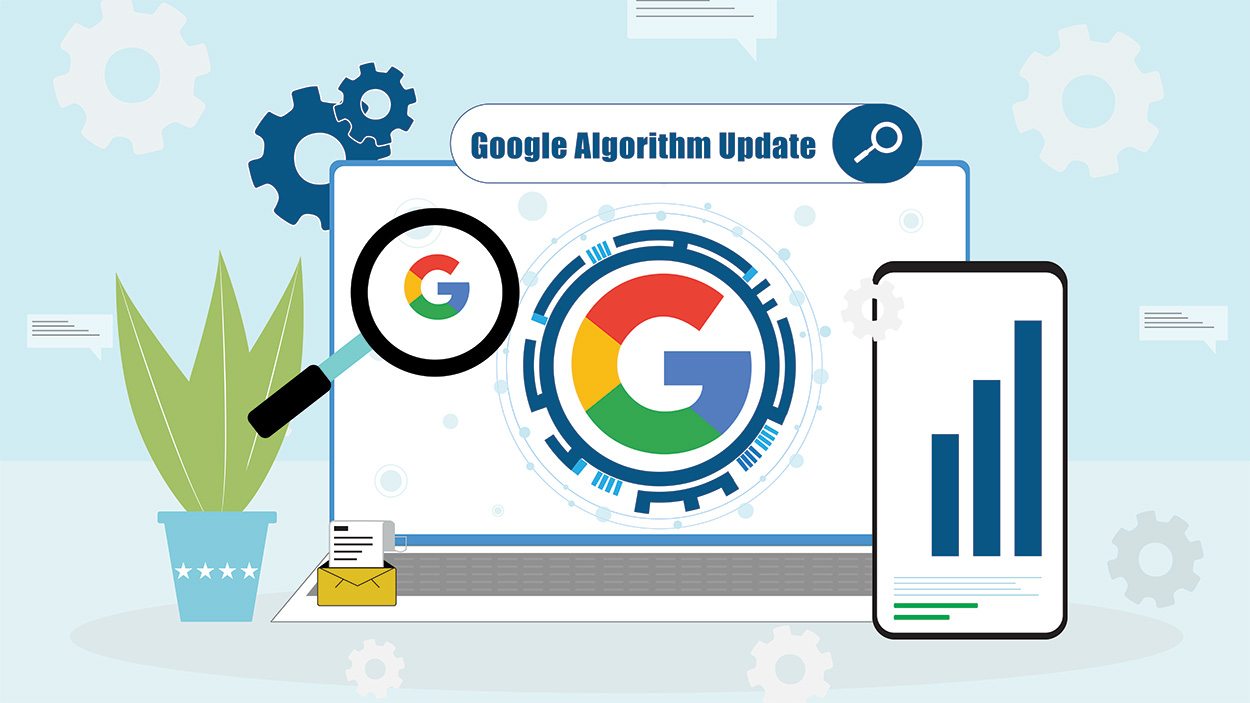As a marketer, it’s often tempting to base your marketing decisions off of your initial “gut feeling”. More often than not, those who solely rely on their intuition to predict what will make people click and convert will fall short. In return, this may lead to detrimental results for your marketing campaigns.
Rather than trying to guess what will lead to the best results for your next marketing campaign, it’s time to run an A/B test (if you’re not running them already). A/B testing can take your marketing efforts to the next level and help customers move more effectively through the sales and marketing funnel. In a nutshell, results of an A/B test can effectively determine which tactics work and which don’t work.
What is A/B Testing and Why is it Important?
A/B testing is scientifically known as “two-sample hypothesis testing”. In the digital world, it is also commonly referred to as “split testing” or “bucket testing”. According to Optimizely, A/B testing is “an experiment where two or more variants are shown to users at random”. From there, based on statistical analysis, running an A/B test helps determine which of the variations perform better for a given conversion goal.

Within the digital marketing world, A/B testing is the process of comparing two versions of a marketing asset with just one varying element. Marketers most commonly run these tests on landing pages, display ads, and emails. The main purpose of running these tests for digital marketing campaigns is to see which variation performs best.
In its simplest form, running A/B tests can help you gain a better understanding on whether users like version A or version B of your campaign.
The Importance of A/B Testing for Your Landing Pages
Landing pages are vitally important to lead conversion and it’s crucial to understand the importance of landing pages. Landing pages are standalone pages that serve a single and focused purpose. They play a vital role within the buyer’s journey, with a strong focus surrounding lead generation and lead conversion.
So, where does A/B testing come into play? In order to create an effective landing page that converts, you will need to conduct tests on a number of variables and measure what works best.
Step 1: Identify the problem
First and foremost, you’ll need to figure out why your landing page isn’t converting. Start by pinpointing a specific problem. For example, you own an e-commerce store and notice that very few sales are coming from the landing page linked your email campaigns. You notice that your emails have a high open and click-through rate, yet very few are actually are actually converting.
Step 2: Analyze the variables
Once you’ve identified the problem, it’s time to analyze the user data. Specifically for landing pages, there are so many elements you can analyze and it can become extremely time consuming. Instead, start by figuring out and prioritizing which elements you want to focus on and target first. According to MailChimp, you can choose to conduct A/B tests on a number of variables. Variables and elements of your landing page that you can choose to test include (but are not limited to):
- Colour scheme
- Number of types of images
- Call-to-action button design and placement
- Headings and subheadings
- Special product/service offers and pricing
For example, you’re analyzing your landing page and notice that your call-to-action button is not very visible to users. Maybe it’s the placement of the button or maybe it’s the size that’s affecting the conversion rate. At this stage, you start brainstorming where you can move the button or how you can resize it to help generate a higher conversion rate.
Step 3: Narrow down the elements
Now that you have analyzed the data, pick one element you want to test and figure out how you want to test it. Let’s say you choose to test the placement of your call-to-action button. Let’s also say that the original placement of your button was hidden all the way at the bottom of your landing page. You are now able to develop a hypothesis stating that users might be more inclined to click-through to your website if the call-to-action button was placed closer to the top of the page.
Step 4: Run the A/B test
Congratulations, it’s time to conduct the A/B test! You’ve identified the problem, analyzed the data, and developed a hypothesis. At this stage, create a separate version of your landing page, implementing your new idea for the placement of your call-to-action button. Run an A/B test between the original version and the current version for the next 24 to 48 hours.
Keep in mind that if you are testing the placement of your button, the only thing you should change is the location of the button. Keep the design of your landing page the same so that you can easily pinpoint which version’s positioning performed better.
Step 5: Analyze the data
Once the A/B test is complete, it’s time to analyze the data and crown the winner. Take a look at the results and see whether or not the newer version of your landing page was able to drive noticeable changes. If it did, hooray! If not, you can try testing a different element of your page.
Once you have conducted the first round of your A/B test, you can repeat the process again to find a new “challenger” for your “champion”.
In the long haul, A/B testing can help ignite your digital marketing campaigns. It is a fantastic method for figuring out your promotional or marketing strategies. It also helps marketers make more informed decisions. It’s time to say goodbye to the good old guesswork and time to start digging deeper and analyzing the variables. Ultimately, A/B testing can help improve the ROI for your next campaign and you definitely won’t regret it.





